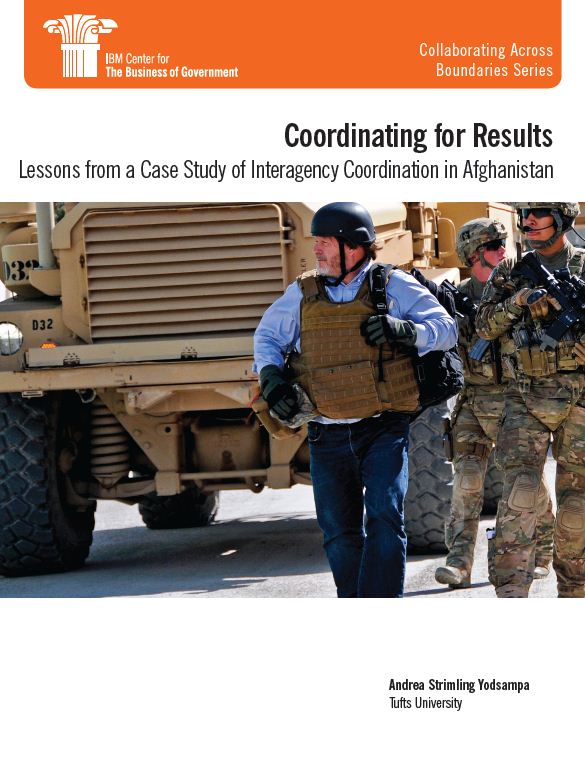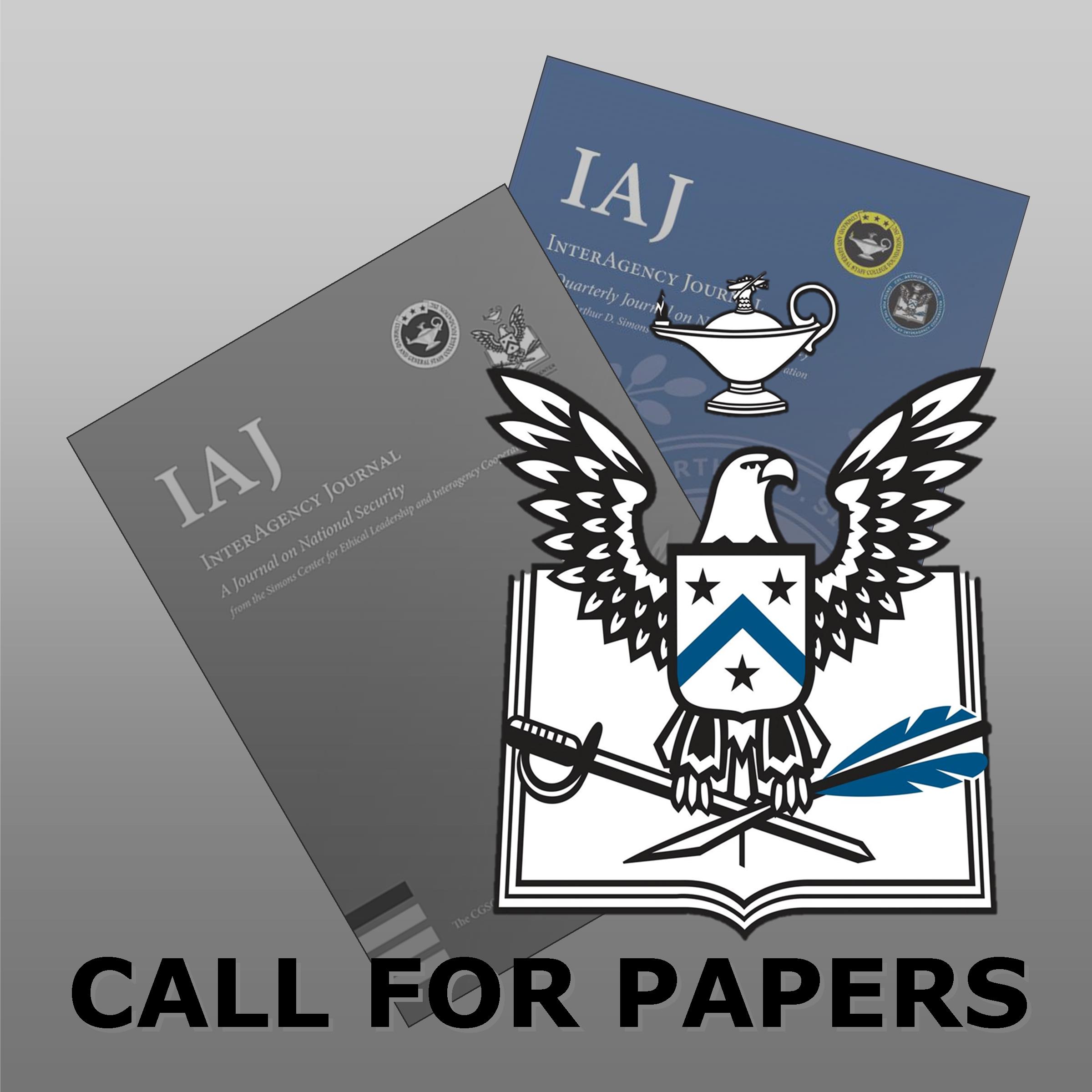Report examines interagency coordination in Afghanistan
The IBM Center for The Business of Government recently published a report examining interagency coordination in Afghanistan. The report, Coordinating for Results: Lessons from a Case Study of Interagency Coordination in Afghanistan, is part of the IBM Center’s Collaboration Across Boundaries Series.
Unlike earlier IBM Center reports that have examined the use of collaboration, this report focuses on interagency coordination. In the report, the author notes the difference between interagency collaboration and interagency coordination, stating that when agencies collaborate, they work side by side toward a shared goal, whereas when they coordinate, they deliberately align separate resources, capabilities, strategies, and implementation in support of shared goals.
The author draws on interviews with ambassadors, generals, and other important figures, analyzing the interactions between U.S. civilian and military efforts in Afghanistan from 2001-2009, and describing examples of successfully coordinated initiatives. However, the author also observed instances where the lack of civil-military coordination resulted in duplicative efforts and the accidental undermining activities or goals. The author then offers recommendations for more effective coordination based on her observations.
The agencies on the ground in Afghanistan faced many of the same coordination challenges faced by agencies in the U.S., making the lessons contained in this report relevant to public executives and managers, as well as individuals involved in civil-military relations.
For more information about Coordinating for Results, please follow the link below.
Coordinating for Results: Lessons from a Case Study of Interagency Coordination in Afghanistan, IBM Center for The Business of Government

Posted: October 15, 2013 by Simons Center
"*" indicates required fields



